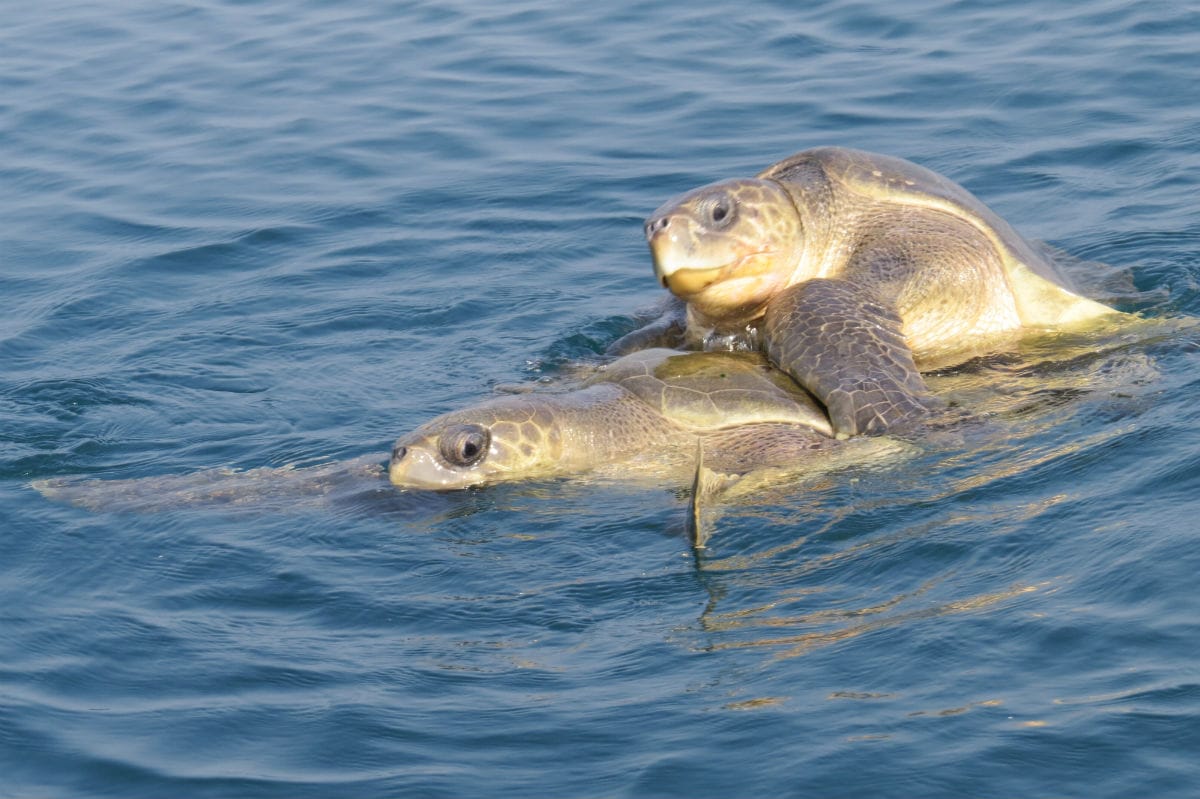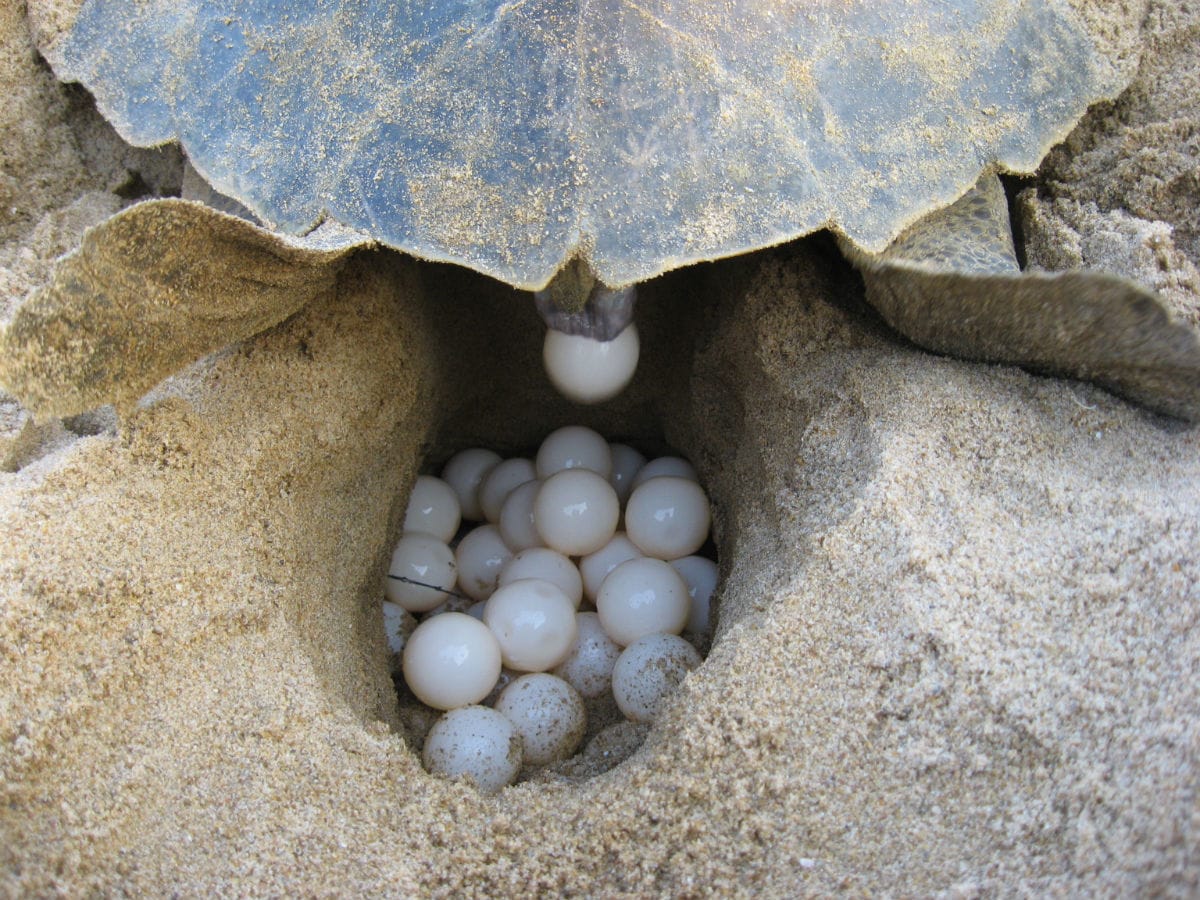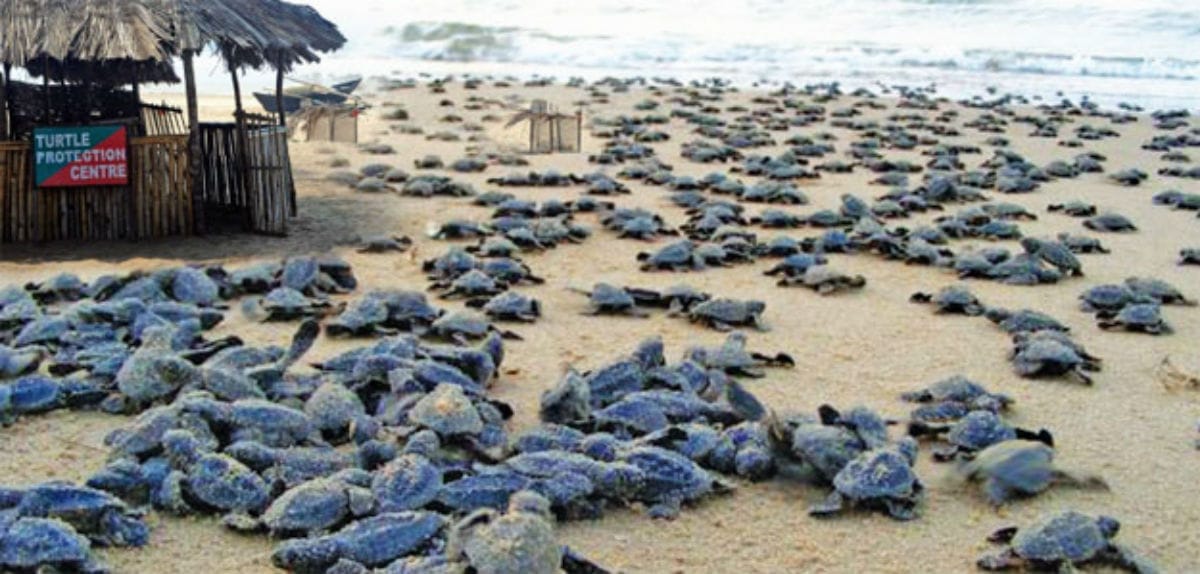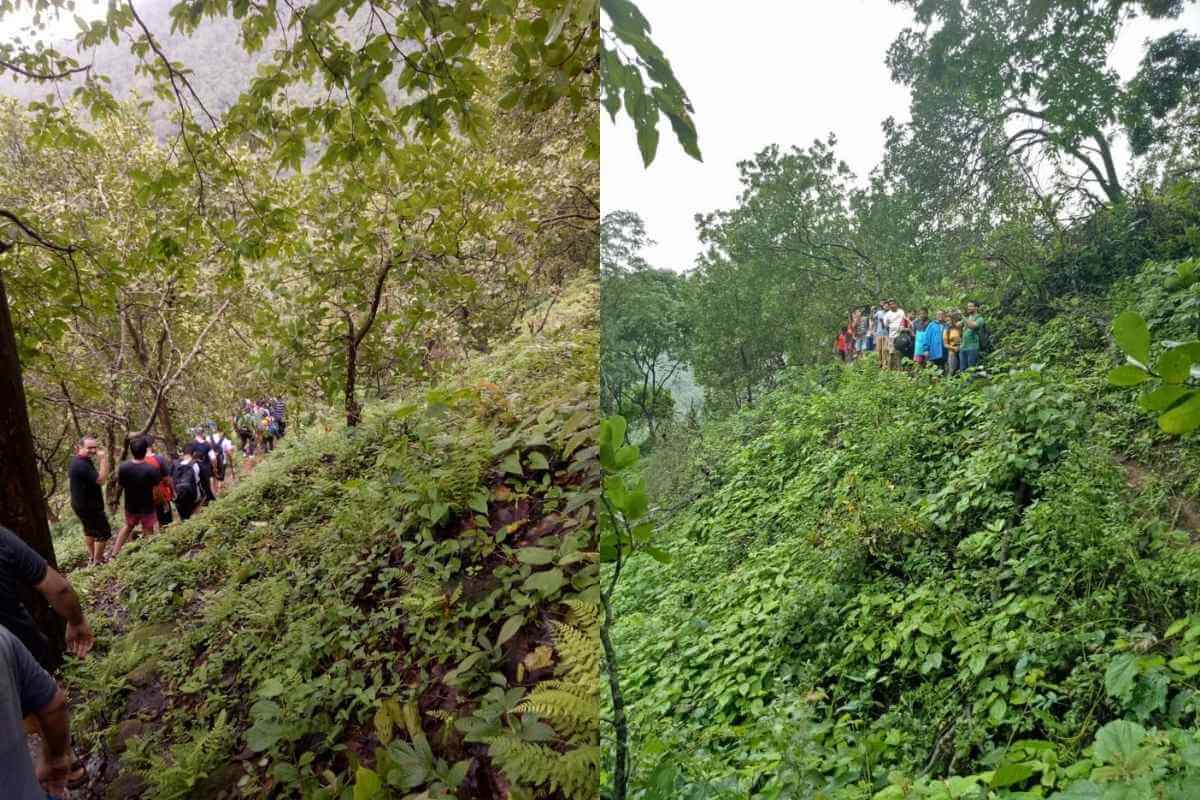Goa has around six turtle nesting sites where you can spot the famous Olive Ridley Turtles. These sites are spread across four beaches in the south and north Goa and those beaches are known as Turtle Beach. The most famous amongst them is the Galgibaga Beach, situated in Canacona south Goa.
The Olive Ridley Turtle is one of the species of small sea turtles with an adult carapace which is approximately 60 to 70 cm in length. The heart-shaped carapace is characterized by four pairs of pore-bearing inframarginal scutes on the bridge, two pairs of prefrontals, and up to 9 lateral scutes per side. Olive ridleys are unique in that they can have variable and asymmetrical lateral scute 6 to 8 counts ranging from five to 9 plates on each side, with six to eight being most commonly observed. Each side of the carapace has 12–14 marginal scutes.
There is some good news for the turtle lovers across Goa. According to the sources, the Olive Ridley Turtle laid 133 eggs at Galgibaga Beach in Canacona at 4 am on Sunday and with this, the total nesting sites of Goa has risen to six in just over a fortnight.
Two turtles first arrived at Morjim and Agonda on the same day on January 19 to start a delayed nesting season. But three more flippered visitors surfaced quietly at the beach sites amidst the election din and scorching January heat and soon took the tally to five with the total eggs laid to about 540 in number.

The turtle nesting is a known affair for the locals but according to the sources, this time the nesting season has been delayed. The sources said that in the past the nesting season used to start in the month of September which now shifted to January. The nesting season ends by March – April.
“The general view is that it is due to climate change, but it is a matter to be studied by scientists,” said the forest officer Gaonkar. “On Sunday morning, the turtle at Galgibaga laid 133 more eggs,” Vikramaditya Gaonkar, range forest officer (wildlife), Cotigao said. The six nesting sites include two each at Agonda and Galgibaga and one each at Morjim and Ashvem.

According to the sources, the growth in tourist inflow and noisy surroundings are affecting the turtle nesting. No turtle nesting had been reported at the Ashvem stretch during the last 2015-16 season. Noisy tourism activities on the beach, which was once quite desolate, had increased over the years, said sources who keep track of the turtle movements.
“The turtle that came here on January 28, laid 107 eggs, but as they were in a damp area, they were shifted to higher ground,” a source said.

At Morjim, the 123 eggs laid on January 19 were shifted from the beach spot overlooking the Chapora river mouth to the interpretation centre manned by forest guards.
“It is easier to keep vigil here,” a source said. The incubation period extends to about 55 days and the forest staff is keeping vigil over all the nests. In Agonda, the first flippered visitor deposited 133 eggs in a pit on January 19 and 115 on January 30. “The turtle at Galgibaga laid only 61 eggs,” Gaonkar said.































6 thoughts on “FAMOUS TURTLE BEACHES OF GOA WHERE YOU CAN SPOT THE OLIVE RIDLEY TURTLES”
it is so wonderful to see those turtles in Goa
A Very informatory article on Turtles Beaches. Thank You.
Thank you 🙏